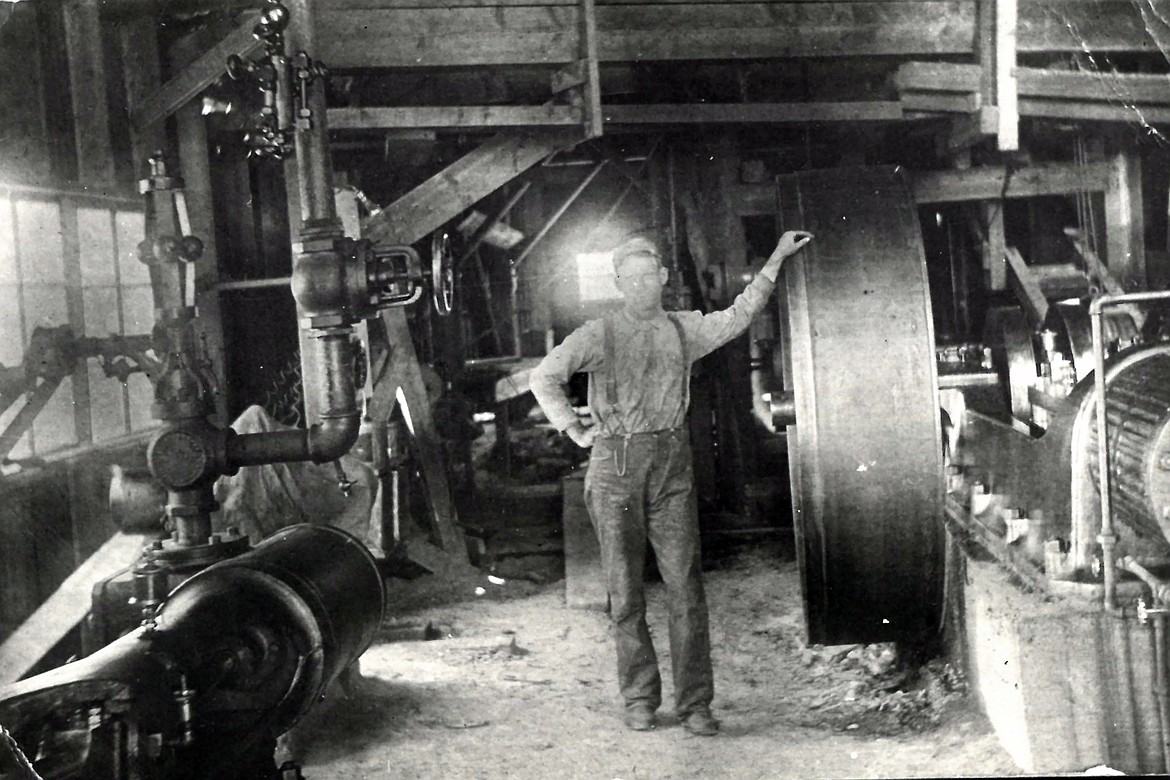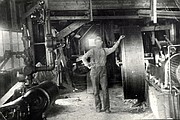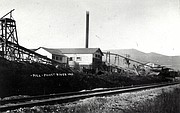How do you get a sawmill? Form a club
If you think you need a sawmill, how do you get one? Priest River did it in 1910 by organizing a club and then putting up $1,500 of the town’s money as an inducement.
A mass meeting of the citizenry had been called on Feb. 8 for the purpose of organizing a Commercial Club (which still exists, but now we know it as the Chamber of Commerce) “for the benefitting of the town and the adjacent country,” the Northern Idaho News in Sandpoint reported.
The meeting was held at Redmond’s barber shop and drew every business man of the town and also a large number of “loyal boosters from the town and country.”
The News, speaking to its hometown, penned somewhat enviously (of Sandpoint), “We have no such organization. In union there is strength and if unity means anything at all the citizens of Priest River have proven that they can and will stand together.”
At any rate, the meeting was held, and the club was organized. L. Campbell was elected president, M. W. McLean, secretary, and J.A. Gowanlock, treasurer. A committee was appointed to draft by-laws and report at the next meeting.
The committee members were John Hamburg, William Farquhar, and M. W. McLean. The organization would meet on the first and third Tuesdays each month at city hall, and would set about promulgating “the resources of Priest River and surrounding country.”
The very first project undertaken was to acquire a sawmill.
Jurgens Bros., “one of the large logging and sawmill firms of the Northwest,” had been negotiating with the owners of the old white pine mill site. That mill had burned taking most of the west end of town with it in 1905.
A committee of three from the Commercial Club, Hamburg, Pingel and Wilcox, were authorized to approach Jurgens Bros. for the purpose of offering a bonus in order to get them to come to Priest River and install a sawmill. After talking with nearly every voter and taxpayer of the city, and meeting with Jurgens Bros, the committee agreed to induce the village’s councilmen to appropriate $1500 of the city’s funds “as a sentiment of the moral support of the town and also the surrounding country.”
After a special meeting of the council, a majority of the voters and taxpayers endorsed the idea, and the council was instructed to get the advice of an attorney and to act on his instructions.
“Telephonic advice” assured them that the appropriation could be made, and the deed was done. As the Northern Idaho News put it, “Priest River had come to its own.”
For their part, Jurgens Bros. agreed to install a planer, lath mill and sawmill. They would repair the old booms and build additional booms that would secure and hold 8 million to 10 million feet of saw logs
The town was jubilant. The firm had purchased a large amount of timber from the government in the Forest Reserve. It meant a permanent industry in Priest River.
The Feb. 22 newspaper also reported that William Dodge of the Dodge Bros. logging camp had secured a large contract with Jurgens Bros. to put in 10 million feet of logs before the first of May. Things were moving fast.
Jurgen Bros. operated the mill until it sold a few years later to Charles W. Beardmore. It finally crashed during the Great Depression.





